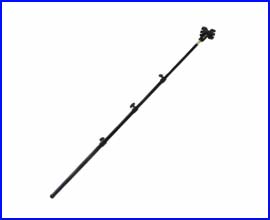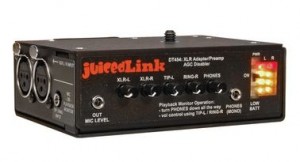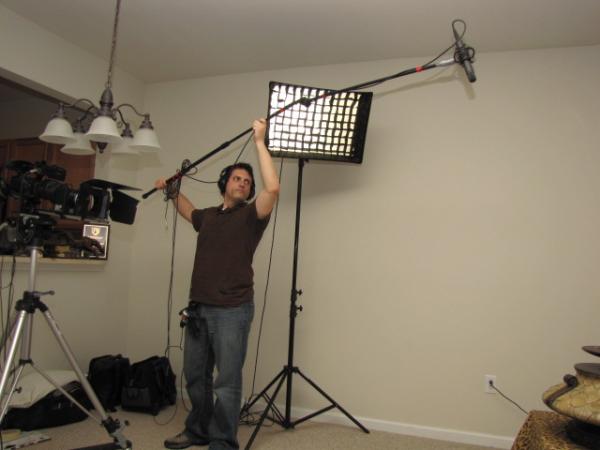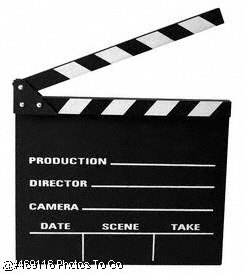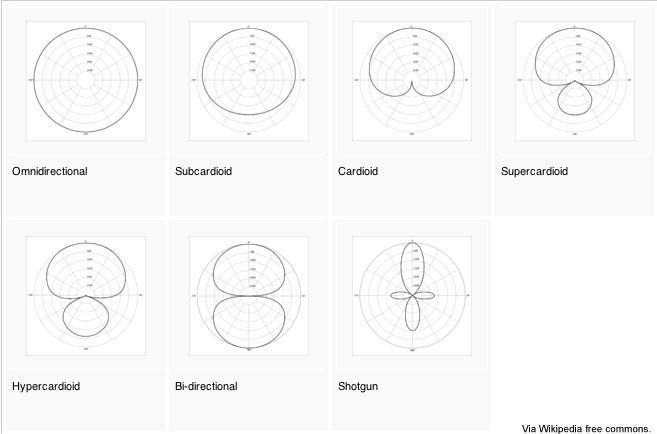OK, first off, yes, I'm a total noob. Having said that, I'm not a complete moron.  I'm going to shoot a short film here in the coming months that I'll be writing/directing and it seems like the Canon 5d MkIII is the way to go as far as quality video and a decent price. Obviously though, it's sound lacks. I've researched shotgun mics but it seems like none of them have any range. So what's the best way obtain decent sound on my short film WITHOUT having to sync in post? This is the key. I know I can use a whole separate recording setup and have to sync it in post but as I'm basically a one man crew, I'd prefer to dodge this bullet. Obviously I want to use a boom mic instead of a shotgun, right? And I've read a lot of reviews talking about this Beachtek stuff? Could you guys educate me further on what I should do to get decent sound without having to sync in post?
I'm going to shoot a short film here in the coming months that I'll be writing/directing and it seems like the Canon 5d MkIII is the way to go as far as quality video and a decent price. Obviously though, it's sound lacks. I've researched shotgun mics but it seems like none of them have any range. So what's the best way obtain decent sound on my short film WITHOUT having to sync in post? This is the key. I know I can use a whole separate recording setup and have to sync it in post but as I'm basically a one man crew, I'd prefer to dodge this bullet. Obviously I want to use a boom mic instead of a shotgun, right? And I've read a lot of reviews talking about this Beachtek stuff? Could you guys educate me further on what I should do to get decent sound without having to sync in post?
I'm sorry if this question's been asked a million times but I really have scoured google and youtube but none of the articles or topics seem to answer my question directly, just kind of dance around similar issues.
And lastly, thanks in advance for the help and thanks to the creators of this forum for the great resource!
 I'm going to shoot a short film here in the coming months that I'll be writing/directing and it seems like the Canon 5d MkIII is the way to go as far as quality video and a decent price. Obviously though, it's sound lacks. I've researched shotgun mics but it seems like none of them have any range. So what's the best way obtain decent sound on my short film WITHOUT having to sync in post? This is the key. I know I can use a whole separate recording setup and have to sync it in post but as I'm basically a one man crew, I'd prefer to dodge this bullet. Obviously I want to use a boom mic instead of a shotgun, right? And I've read a lot of reviews talking about this Beachtek stuff? Could you guys educate me further on what I should do to get decent sound without having to sync in post?
I'm going to shoot a short film here in the coming months that I'll be writing/directing and it seems like the Canon 5d MkIII is the way to go as far as quality video and a decent price. Obviously though, it's sound lacks. I've researched shotgun mics but it seems like none of them have any range. So what's the best way obtain decent sound on my short film WITHOUT having to sync in post? This is the key. I know I can use a whole separate recording setup and have to sync it in post but as I'm basically a one man crew, I'd prefer to dodge this bullet. Obviously I want to use a boom mic instead of a shotgun, right? And I've read a lot of reviews talking about this Beachtek stuff? Could you guys educate me further on what I should do to get decent sound without having to sync in post?I'm sorry if this question's been asked a million times but I really have scoured google and youtube but none of the articles or topics seem to answer my question directly, just kind of dance around similar issues.
And lastly, thanks in advance for the help and thanks to the creators of this forum for the great resource!




